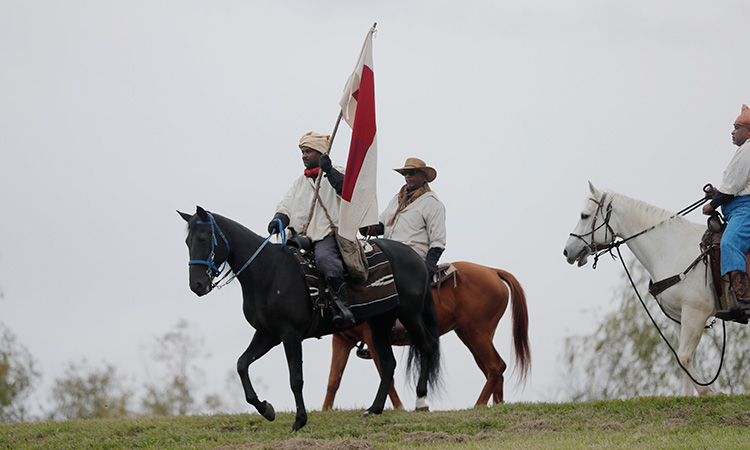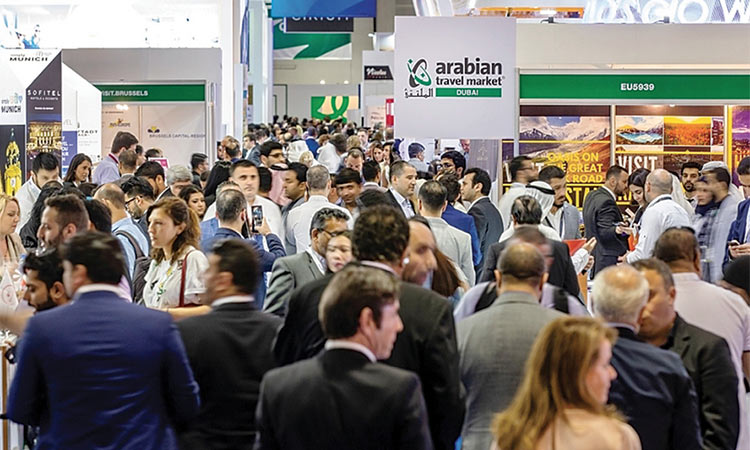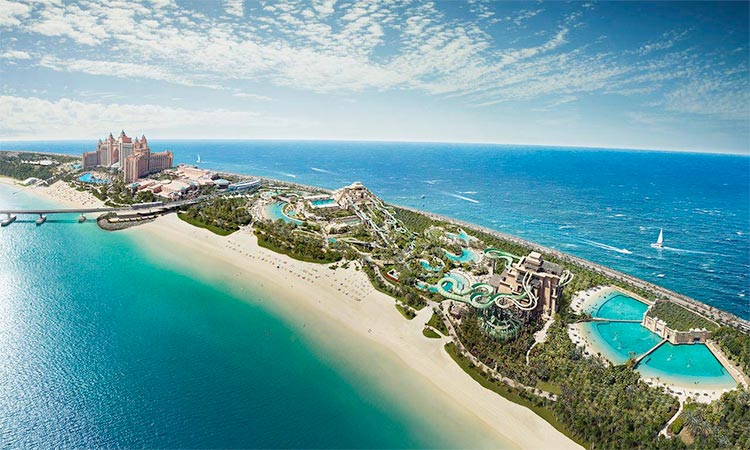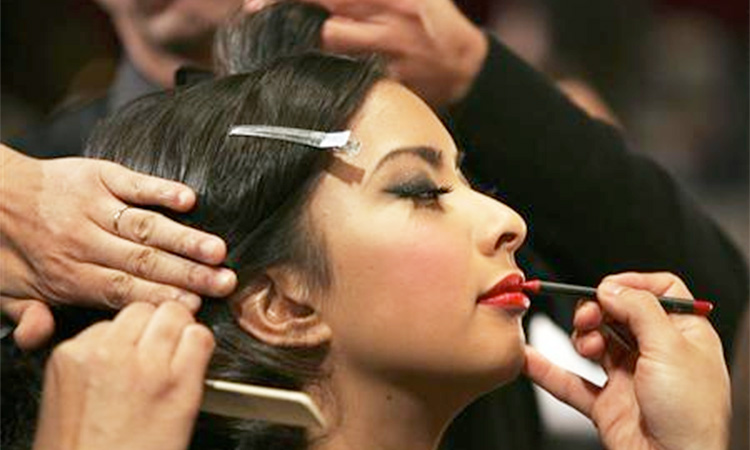Benin restores slavery monuments to testify to brutal past

A general view of details on a wall at the Zomachi memorial in Ouidah. AFP
As Western cities see statues of slaveholders and colonialists toppled, Benin's coastal town of Ouidah is going the other way, restoring monuments to the painful era of the slave trade.
During the 17th and 18th centuries, European slavers held more than one million African men, women and children in Ouidah's Portuguese Fort before shipping them across the Atlantic in abominable conditions.
Ouidah, about 40 kilometres (25 miles) from Benin's economic hub of Cotonou, was one of the main slave staging posts to the Americas, according to research at Yale University.
It ranked alongside "slave coast" ports in modern-day Ghana and the swathe of Central Africa that today encompasses Angola, the Republic of Congo and the Democratic Republic of Congo.
READ MORE
Global database maps fashion factories to crack down on slavery
British university to return looted bronze statue to Nigeria
To end slavery, free 10,000 people a day for a decade, report says
In Benin, coveted for slave trade by Portugal, Britain and France, villagers were captured in surprise raids orchestrated by powerful local chiefs.
The renovation of the Ouidah fort and the history museum inside is part of Benin's drive to ensure that future generations of Africans know their ancestors' suffering.
"When I see these chains that hobbled our ancestors, I feel sick," Benoit Daounde said as he studied a number of artefacts moved to a temporary exhibition.

Slavery must be taught
"But it's our history. We must accept it and tell it to future generations," said Daounde, a UN official who returned to Benin on holiday from his posting in Cameroon.
"Our children know nothing of all that. Slavery must be taught in school and more than in just a few lessons," Daounde said.
Under protective glass in the main hall, visitors can inspect crusty old maps used by Portuguese mariners, along with guns used in the trade.
Visitors can also see portable altars used in ceremonies by the long line of kings of former Dahomey, founded around 1600 and crushed by French colonialists in 1894.
The museum houses a church bell brought by Roman Catholic missionaries, together with a sinister selection of chains and other implements used to bind slaves.
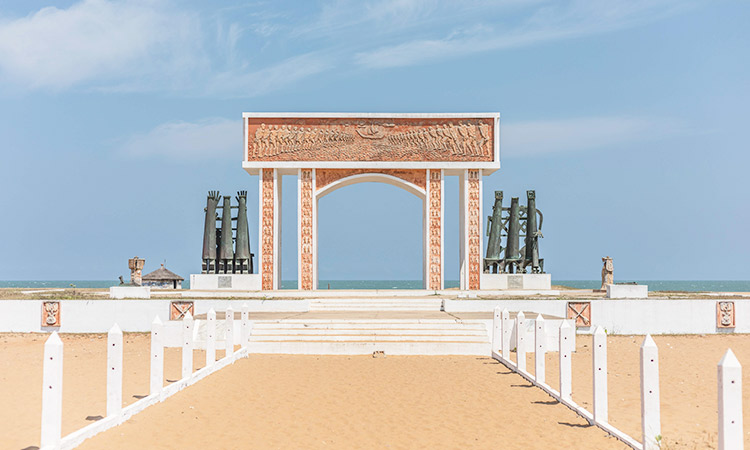
Voodoo heritage
With its Afro-Brazilian architecture and beaches bordered by coconut palms as far as the eye can see, a town that played a major part in transatlantic slavery has become a development project launched in 2016 by President Patrice Talon.
In a bid to promote tourism Benin is presenting an image of itself as a place of "cultural exception", said Minister of Tourism Jean-Michel Abimbola, who stressed that the government has allocated a budget of one billion euros ($1.17 billion) toward that goal.
Authorities are renovating the Pendjari National Park in the far north to attract safari hunters, and building several museums of voodoo, an ancestral religion that originated in the Kingdom of Dahomey.
Benin has asked France to return objects looted in colonial conflicts.
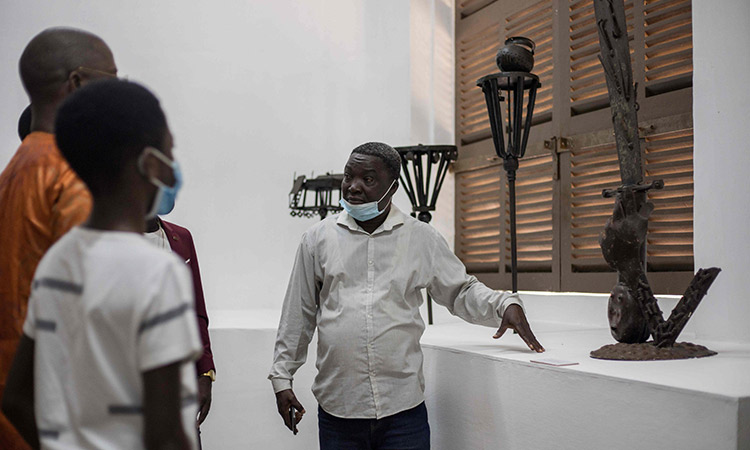
The COVID-19 pandemic has worsened the prospects, compelling Beninese authorities to promote strictly regional tourism.
Nigeria's economic capital Lagos is only about 100 kilometres (60 miles) from Ouidah and the vast nation of some 200 million people shares little of Benin's history of slavery and colonisation.
We need tough action
"We need tough action, way beyond the movements to reclaim black causes," argued Eric Accrombessi, a tourist guide born in Ouidah.
"The renovation of these places will better illustrate the course of history to pass on to future generations."
The authorities are also building an International Museum of Memory and Slavery, with a tourist complex of 130 rooms and places of reflection, and a reconstruction of a slave ship.
Historian Sarah Pruitt stressed that while exact numbers will never be known, some 12.5 million Africans were forced on to the ships between the 17th and 19th centuries.
Of these, some 10.6 million survived the crossing.
Agence France-Presse
